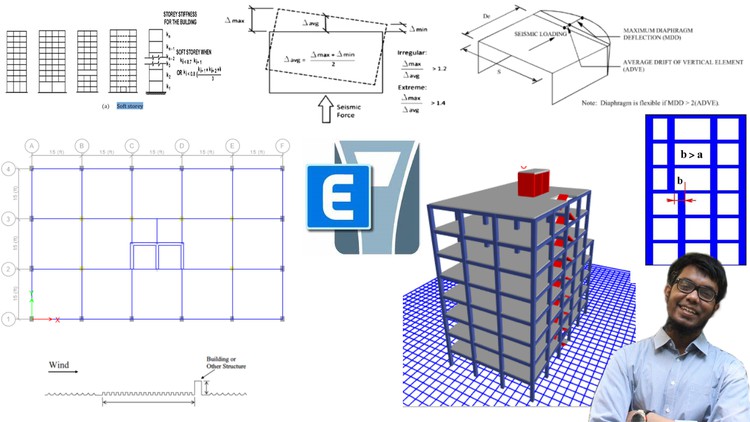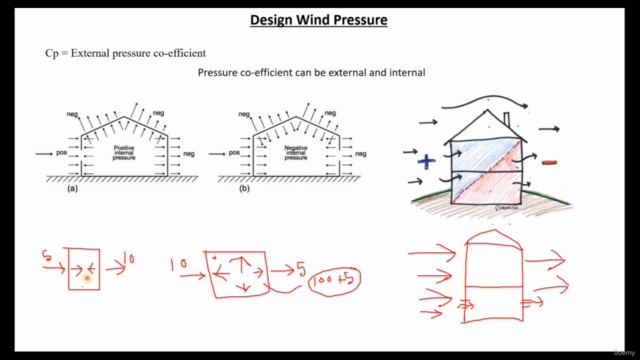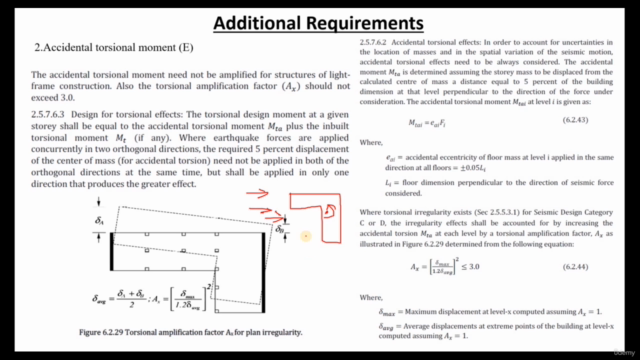ETABS: Complete Building Design with Code Compliance

Why take this course?
Based on the detailed outline you've provided, this course is designed to take someone with a basic understanding of structural analysis and design through the entire process of modeling and analyzing a building structure in ETABS, considering both gravity and lateral loads (wind and earthquake) according to building codes. The course is structured as follows:
-
Introduction to ETABS: An overview of what ETABS is and its importance in structural engineering for designing and analyzing building structures.
-
Gravity Load Calculations: Learning how to calculate fixed partition wall load, random wall load, elevator load, gardening load, and water tank load according to building codes.
-
Modeling a Building in ETABS: Applying the knowledge of gravity loads into the ETABS model to model a building.
-
Wind Load Calculations: Understanding wind load calculations as per building code, including factors like structural importance, occupancy category, and wind directionality.
-
Defining Wind Load Patterns: Learning how to input wind loads into ETABS using the software's interface.
-
Earthquake Load Calculations: Understanding the causes of earthquakes, tectonic plate movement, and elastic rebound theory. Learning how to calculate base shear and apply it in ETABS according to both ACI and Euro code methods.
-
Assigning Earthquake Loads: How to assign base shear and other seismic loads in your ETABS model.
-
Running Analysis in ETABS: Performing analysis to check total loads, including gravity and lateral loads, and learning how to calculate load transfer from slab to beam manually.
-
Building Irregularities Checks: Identifying and addressing building irregularities as defined by the building code, such as re-entrant corners, torsional irregularities, and soft stories.
-
Serviceability Criteria Checks: Understanding what serviceability criteria are, why they are important, and how to check for them in ETABS, including vertical deflection limits and maximum allowed drifts.
-
Additional Checks: Learning about additional checks that might be required from time to time, such as accidental torsional moment and P-delta effect.
-
Assigning Property Modifiers: Using ETABS to assign property modifiers to structural components for limit state designs.
-
Design Procedures for RCC Components: An introduction to designing columns, beams, and slabs in RCC (Reinforced Concrete) with the necessary code references.
-
Seismic Detailing: Understanding seismic detailing requirements as per building codes, including an introduction to special and intermediate seismic detailing and sample calculations for better understanding.
The course also assumes that you have ETABS version 13 or higher installed on your computer and that you have at least a basic knowledge of structural analysis and design. If you're looking to learn about structural analysis and design according to code without the intention of practical application, the prerequisites are not strict, as everything is explained in detail within the course.
This comprehensive course aims to provide a solid foundation in structural analysis and design using ETABS, with a focus on compliance with building codes for both gravity and lateral loads. It is an essential resource for students, engineers, and professionals involved in structural engineering.
Course Gallery




Loading charts...